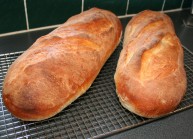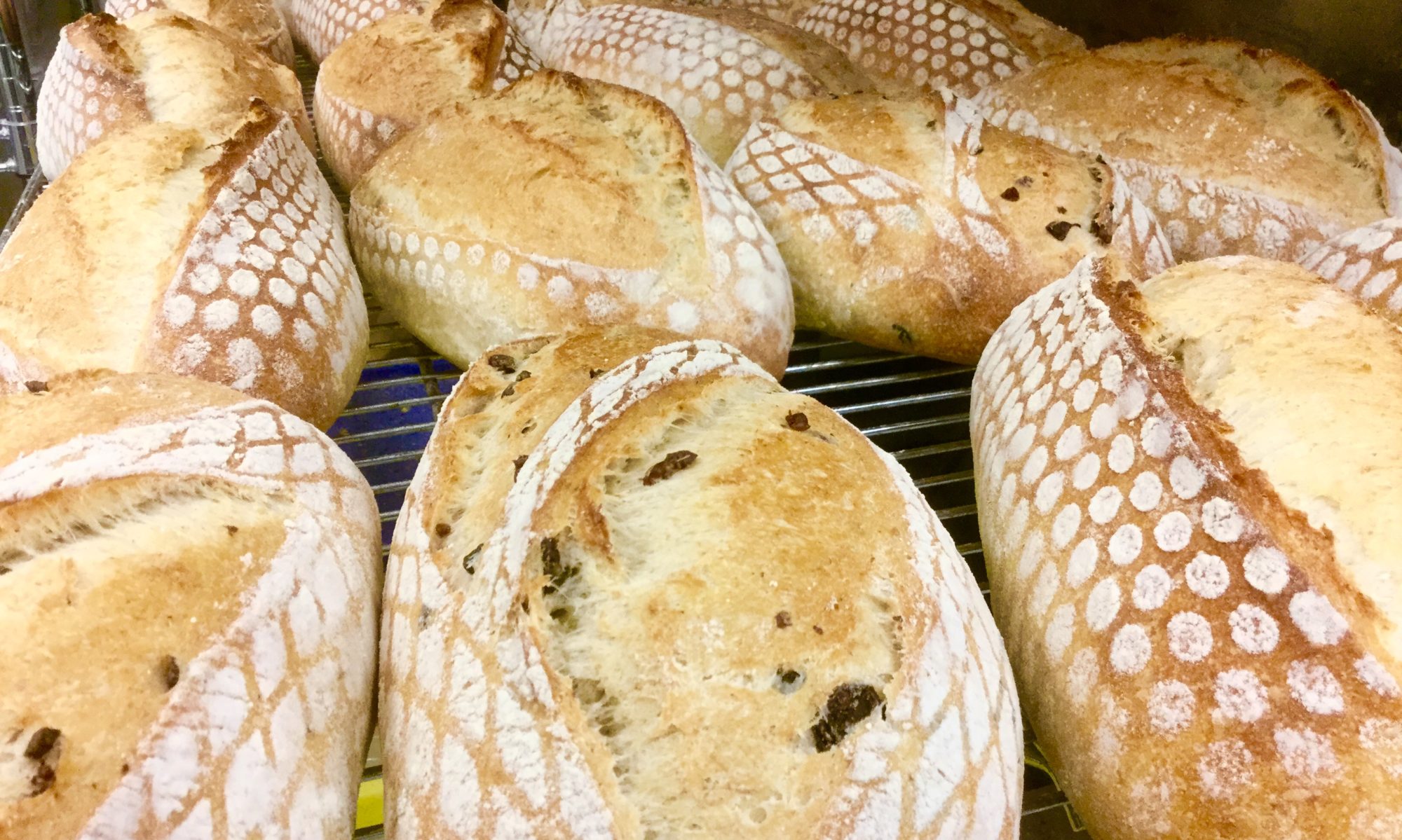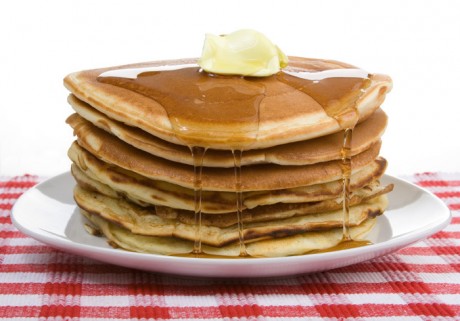As you feed your starter, you’ll probably realize that there’s stuff you can do with it but need a bit of help figuring what. In this entry I’ll touch (and link) on a few potential ideas.
Now for anyone who’s in the process of building a starter from scratch, the portions you discard are not actually starter at this point, the yeast and bacteria you’re working hard to cultivate are still not at any appropriate level to ward off the other yeasts and bacteria that also live in the flour paste. So until you’ve got your brand new from scratch starter active and bubbling away regularly, just toss that extra stuff out. Or at least dump it into the recycle bin and let the earthworms have a nice munch.
Those who’s starter is active and are feeding on a regular schedule, you can do a number of things with that extra. What you’re putting aside is exactly the same as the small amount you’re keeping and feeding, it’s simply “excess”. That excess can be used, obviously, to start up your bread making starter or even make up new starters and switch from UAP flour to whole wheat or rye if you think you’ll be making those types of breads regularly.
But it can also be put aside into an “old starter tub” until you have enough back up to make the World’s Best Pancakes. You can also make some tasty baked good (see recipes next) or simply use it in any other baking recipe that uses flour and water, replacing the same amount by weight as you’re adding in excess starter.
More Recipes for your Extra Sourdough Starter
from Mike Avery’s SourdoughHome.com
English Muffins
Pizza Shells
Carrot Pineaple Cupcakes
Blueberry Sourdough Muffins
Do It Yourself Flakes
If you’ve used the starter for a while and really like it’s character once it’s had a good while to develop, you could make your own dry starter flakes to save as back-up or send to friends. Simply spread a thin layer of your excess starter on parchment or wax paper, wait until it’s dried then break it up into little chunks. You can then put this into baggies and mail it or freeze it to keep for many months. Before you spread the excess starter, you may want to feed it and spread it just after it’s hit it’s peak, when it’s “well fed”.
“Why can’t I just keep it, why do I have to discard so much each time?”
The simple answer is that you need to feed your beasties a fair amount of new flour and water so even the smallest amount you’d be adding is at least the same (1 – 1 – 1) as what you start with. If you didn’t remove a fair amount, you’d soon enough be using up a TON of flour to keep your bathtub-sized starter fed as you add “as much again” and don’t discard. It’s actually more economical to get rid of a few grams of flour than to try to feed an ever expanding vat of starter.
The other reason is you really do NOT need to keep a very large “mother” starter. With the 30-60-60 system, you have 150g or about a half cup of starter; you could even do with half of that, doing 15-30-30 if you were quite frugal. But holding on to a larger quantity of starter, unless you’re a prolific baker and use a lot several times a week, isn’t any more efficient than the 150g amount. To house a two cup starter, you’d need a six cup jar or bigger and that’s getting pretty big on the counter or in the fridge. And you’d still be no further ahead than if you were doing 30-60-60.
 Here we are with Italian Bread, recipe #15 in [easyazon-link asin=”1580082688″]The Bread Baker’s Apprentice[/easyazon-link] Challenge. (And no, I won’t butcher the Italian language for this one any more than I just did.)
Here we are with Italian Bread, recipe #15 in [easyazon-link asin=”1580082688″]The Bread Baker’s Apprentice[/easyazon-link] Challenge. (And no, I won’t butcher the Italian language for this one any more than I just did.)

 A secret to a great pancake recipe: For the home baker who keeps a sourdough starter, every time you feed that starter you have to reduce the quantity or face possibly ending up with
A secret to a great pancake recipe: For the home baker who keeps a sourdough starter, every time you feed that starter you have to reduce the quantity or face possibly ending up with